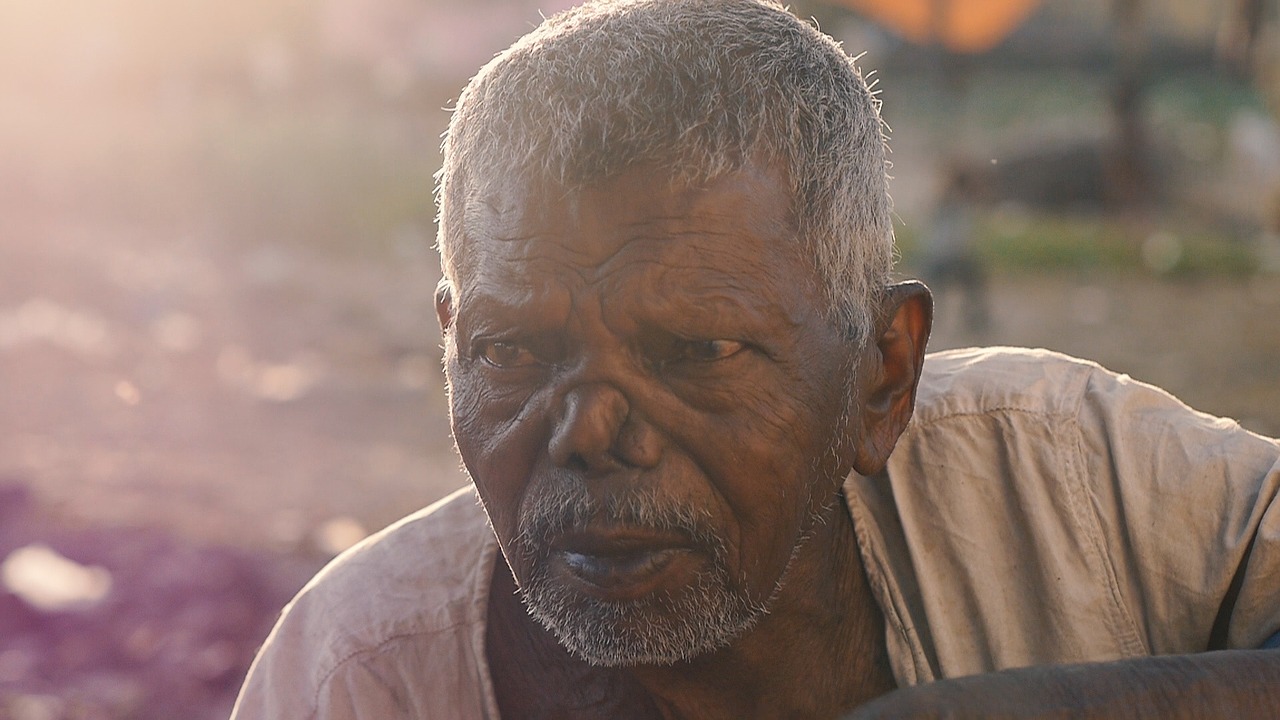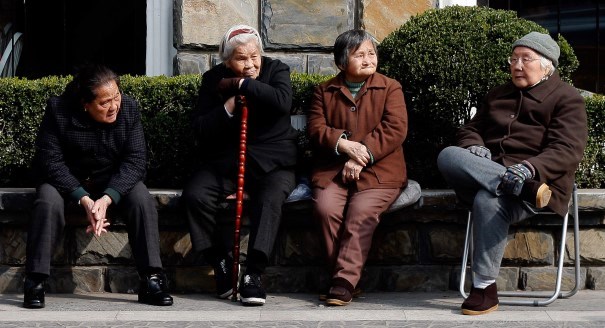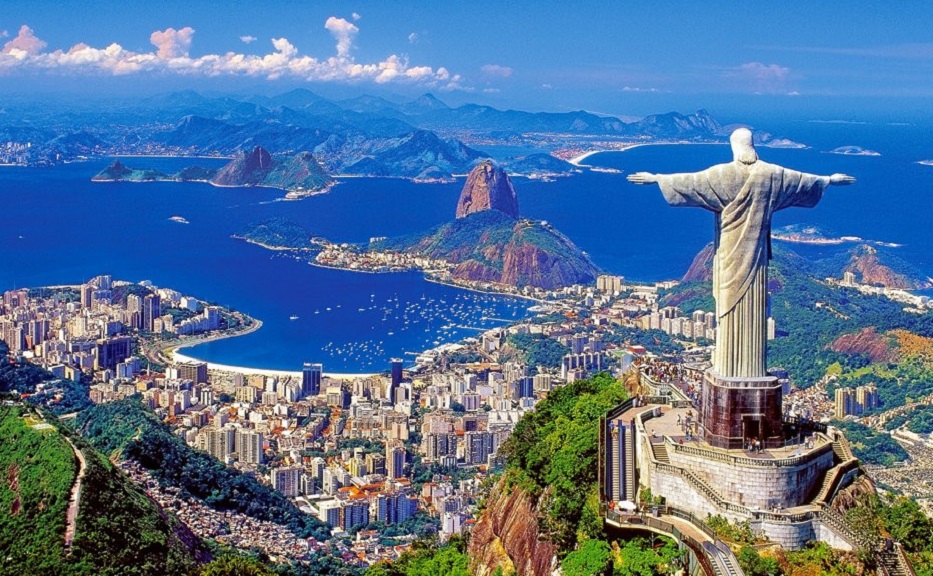According to data from World Population Prospects : the 2015 Revision (United Nations, 2015), the number of older persons—those aged 60 years or over—has increased substantially in recent years in most countries and regions, and that growth is projected to accelerate in the coming decades.
Between 2015 and 2030, the number of people in the world aged 60 years or over is projected to grow by 56 per cent, from 901 million to 1.4 billion, and by 2050, the global population of older persons is projected to more than double its size in 2015, reaching nearly 2.1 billion.
Globally, the number of people aged 80 years or over, the “oldest-old” persons, is growing even faster than the number of older persons overall. Projections indicate that in 2050 the oldest-old will number 434 million, having more than tripled in number since 2015, when there were 125 million people over age 80.
Over the next 15 years, the number of older persons is expected to grow fastest in Latin America and the Caribbean with a projected 71 per cent increase in the population aged 60 years or over, followed by Asia (66 per cent), Africa (64 per cent), Oceania (47 per cent), Northern America (41 per cent) and Europe (23 per cent).
Globally, during 2010-2015, women outlived men by an average of 4.5 years. As a result, women accounted for 54 per cent of the global population aged 60 years or over and 61 per cent of those aged 80 years or over in 2015. In the coming years, average survival of males is projected to improve and begin to catch up to that of females so that the sex balance among the oldest-old persons becomes more even. The proportion of women at age 80 years or over is projected to decline to 58 per cent in 2050.
Both improved longevity and the ageing of larger cohorts, including those born during the post-World War II baby boom, mean that the older population is itself ageing. The proportion of the world’s older persons who are aged 80 years or over is projected to rise from 14 per cent in 2015 to more than 20 per cent in 2050.
The older population is growing faster in urban areas than in rural areas. At the global level between 2000 and 2015, the number of people aged 60 years or over increased by 68 per cent in urban areas, compared to a 25 per cent increase in rural areas. As a result, older persons are increasingly concentrated in urban areas.
In 2015, 58 per cent of the world’s people aged 60 years or over resided in urban areas, up from 51 per cent in 2000. The oldest-old are even more likely to reside in urban areas : the proportion of people aged 80 years or over residing in urban areas increased from 56 per cent in 2000 to 63 per cent in 2015.
Globally, the number of older persons is growing faster than the numbers of people in any other age group. As a result, the share of older persons in the total population is increasing virtually everywhere. While population ageing is a global phenomenon, the ageing process is more advanced in some regions than in others, having begun more than a century ago in countries that developed earlier, and getting underway only recently in many countries where the development process has occurred later, including the decline of fertility.
United Nations Department of Economic and Social Affairs ? Population Division 3 ? In 2015, one in eight people worldwide was aged 60 years or over. By 2030, older persons are projected to account for one in six people globally. By the middle of the twenty-first century, one in every five people will be aged 60 years or over.
By 2030, older persons will outnumber children aged 0-9 years (1.4 billion versus 1.3 billion); by 2050, there will be more people aged 60 years or over than adolescents and youth aged 10-24 years (2.1 billion versus 2.0 billion).
The ageing process is most advanced in high-income countries. Japan is home to the world’s most aged population : 33 per cent were aged 60 years or over in 2015. Japan is followed by Germany (28 per cent aged 60 years or over), Italy (28 per cent) and Finland (27 per cent).
The pace of world population ageing is accelerating. Projections indicate that the proportion aged 60 years or over globally will increase more than 4 percentage points over the next 15 years, from 12.3 per cent in 2015 to 16.5 per cent in 2030, compared to the 2.3 percentage point increase in the share of older persons that occurred between 2000 and 2015.
By 2030, older persons are expected to account for more than 25 per cent of the populations in Europe and in Northern America, 20 per cent in Oceania, 17 per cent in Asia and in Latin America and the Caribbean, and 6 per cent in Africa.
In 2050, 44 per cent of the world’s population will live in relatively aged countries, with at least 20 per cent of the population aged 60 years or over, and one in four people will live in a country where more than 30 per cent of people are above age 60.
The pace of population ageing in many developing countries today is substantially faster than occurred in developed countries in the past. Consequently, today’s developing countries must adapt much more quickly to ageing populations and often at much lower levels of national income compared to the experience of countries that developed much earlier.




